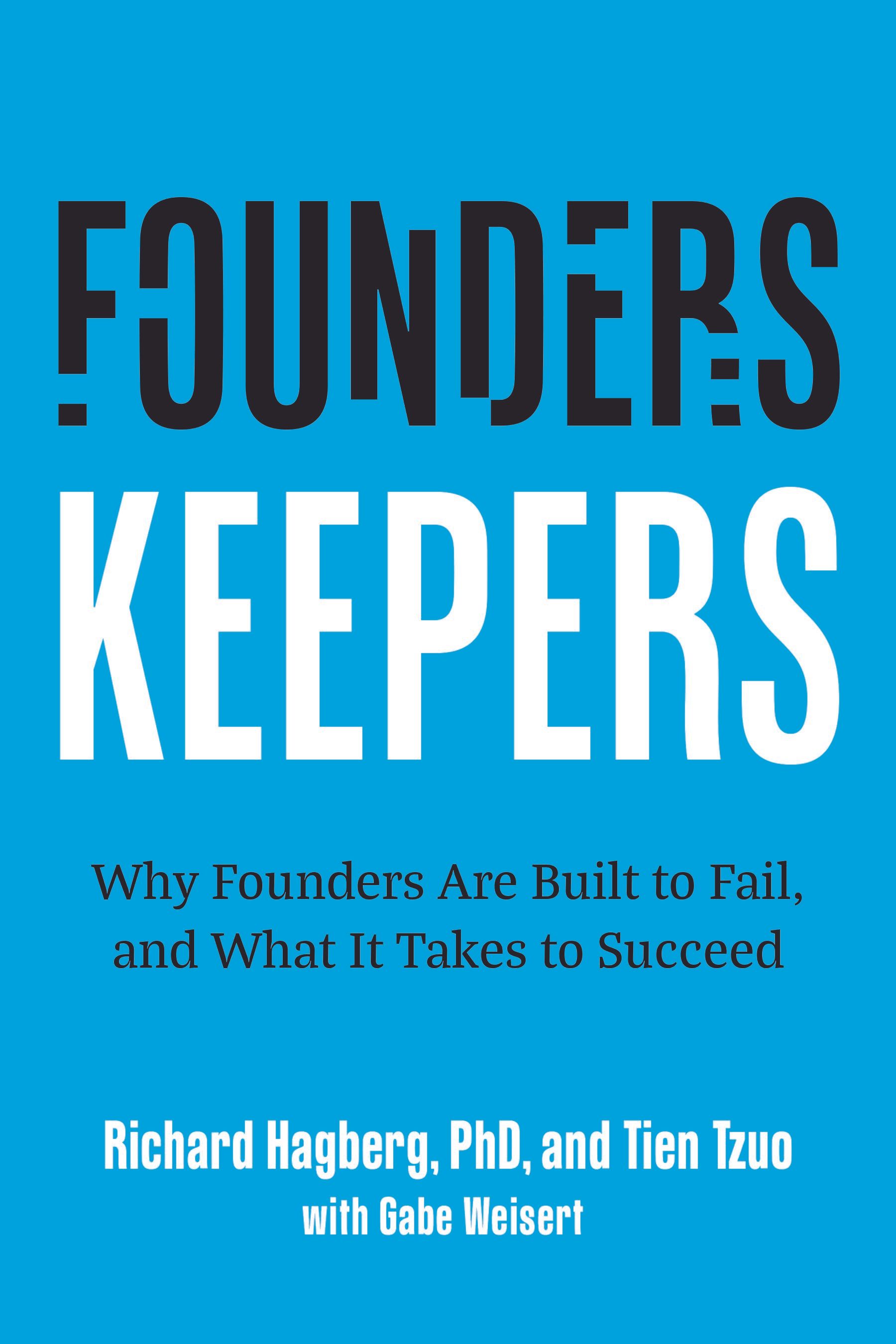Article
Transitioning Your Leadership from Seed to Scale: The Founder’s Growth Playbook

There’s a reason why founders are revered as the beating heart of their startups. Your creativity, vision, and grit are what bring the impossible to life. But let’s be real—your quirks and blind spots? Those can just as easily become the cracks that bring everything crashing down.
As someone who’s studied, coached, and analyzed hundreds of founders, I’ve noticed a pattern. Certain personality traits that serve you beautifully in one stage of growth can utterly sabotage you in the next. It’s like you’re building the rocket while flying it, and some of the bolts (your tendencies) keep loosening along the way.
So, let’s do some introspection. How do your strengths and weaknesses as a founder shape the trajectory of your startup through the seed stage, the traction stage, and the fast-growth stage? And more importantly—what can you do about it? Let’s dive in.
Seed Stage: The Wild West of Startups
Where the Chaos Begins
The seed stage is where you, the founder, shine. It’s about taking your big, bold idea and turning it into something tangible—a minimum viable product (MVP). You’re fueled by creativity, adaptability, and risk-taking, which makes you the perfect pioneer for this uncharted territory.
But here’s the catch: the same traits that make you a visionary can also make you a bit of a loose cannon.
What You Need to Do:
- Talk to Customers (No, Really): Are you intellectually curious? Great. Use it to dig into what your customers actually want—not what you think they want. The startup graveyard is littered with the corpses of products that nobody needed.
- Iterate Quickly: Your adaptability is a gift—lean into it. Test your assumptions, pivot when necessary, and don’t let perfectionism slow you down. (Yes, we know you want your MVP to “wow,” but nobody expects a Picasso in Version 1.0.)
- Build a Nimble Team: Your charm and vision can attract talented people who want to join your mission. But be careful not to micromanage these early hires. Generalists thrive in this stage; just give them the space to do their thing.
Where Founders Go Off the Rails:
- Overbuilding: Are you getting lost in complexity? Stop adding features nobody asked for and launch the dang thing.
- Ignoring Feedback: If your independent streak is whispering, “I know better,” pause. Arrogance has no place in customer discovery.
- Misallocating Resources: Sure, a sleek office might feel like success, but if you’re blowing cash on branding while your MVP is still duct-taped together, you’re doing it wrong.
Provocative Question:
How often do you really listen to customers versus listening to your own brilliant ideas? Be honest.
Traction Stage: Scaling the Engine
Now the Fun Begins
You’ve found some traction. Customers like what you’re selling (yay!), and now it’s time to scale. This stage is all about systems, processes, and data—words that can strike terror into the hearts of visionary founders.
What You Need to Do:
- Focus on Metrics: Are you tracking retention, revenue, and other KPIs? If not, start yesterday. Your big-picture thinking is great, but now it’s time to get granular.
- Expand the Team: This is when you need specialists. Let’s face it, you’re not great at everything (and that’s okay). Hire people who are better than you at execution and let them shine.
- Refine the Product: The MVP is evolving. Listen to your customers (yes, again) and improve it. Cut what isn’t working, even if you love it.
- Build the Brand: Use your charisma and social savvy to tell the world why your product matters. Just make sure you’re delivering on those promises.
Where Founders Go Off the Rails:
- Micromanaging: If you’re charming but commanding, here’s a truth bomb: you might be the bottleneck. Delegation isn’t a dirty word; it’s your ticket to scalability.
- Premature Scaling: Are you hiring like crazy or expanding markets too soon? Slow down, tiger. Scaling chaos is a real thing.
- Avoiding Accountability: Struggling to hold people accountable? Your team sees it, and they’re frustrated. Don’t let this fester.
- Poor Market Positioning: Visionaries sometimes forget that clarity sells. If customers don’t “get” your value proposition, they won’t buy.
Provocative Question Alert:
Are you micromanaging because you don’t trust your team—or because you don’t trust yourself to let go?
Fast Growth Stage: Scaling the Organization
Welcome to the Big Leagues
This is where your startup either becomes a rocket ship or implodes from its own momentum. Fast growth is exhilarating, but it’s also the stage where founders most often become the biggest problem. Why? Because the skills that got you here won’t get you there.
What You Need to Do:
- Operationalize Growth: Your charming, scrappy, “figure-it-out” culture won’t scale without systems. Invest in hiring processes, customer support frameworks, and financial controls.
- Invest in Leadership: You can’t do it all, and you shouldn’t try. Bring in seasoned executives who know how to handle complexity. Empower them, don’t overshadow them.
- Evolve the Culture: Your early team loved the chaos; your new team needs structure. Create a culture that balances speed with sustainability.
- Think Strategically: Stop fighting fires and start thinking long-term. What partnerships, markets, or innovations will keep you competitive?
Where Founders Go Off the Rails:
- Founder’s Syndrome: Let’s be blunt—if you’re struggling to let go of control, you’re the problem. Stop second-guessing your leadership team.
- Leadership Gaps: Are you hiring strong managers? If not, your teams will flounder. Weak leadership is a recipe for dysfunction.
- Operational Chaos: Scaling without systems is like building a skyscraper on sand. Get your house in order.
- Burnout and Retention Issues: If your team is burning out because you’re pushing too hard, you’re running a sprint when you should be running a marathon.
- Strategic Drift: Are you chasing shiny objects instead of staying focused? Your team needs clarity, not a thousand half-baked ideas.
Provocative Question Alert:
Are you holding onto control because you think no one else can do it—or because letting go scares the hell out of you?
So, What’s the Takeaway?
Here’s the hard truth: you are your startup’s greatest asset, but you’re also its most dangerous liability. Your strengths as a visionary, risk-taker, and pioneer are what make your startup possible. But if you’re not careful, your weaknesses—disorganization, micromanagement, avoidance of conflict—will eventually hold it back.
Every stage of growth demands a different version of you. The scrappy hustler who dominated the seed stage might become a bottleneck in fast growth. The big-picture thinker who thrived in traction might struggle with the discipline of systems. Your ability to adapt, delegate, and evolve as a leader will determine whether your startup scales—or stalls.
Let’s Debate:
- What’s the one personality trait you think holds most founders back?
- What’s harder: building a great product or building a great team?
- Are founders born or made?
Drop your thoughts in the comments—I can’t wait to hear your stories, arguments, and maybe a few war stories from the trenches.
And remember, growth isn’t just about your startup. It’s about you. Are you ready to evolve?
share this
Related Articles
Related Articles





